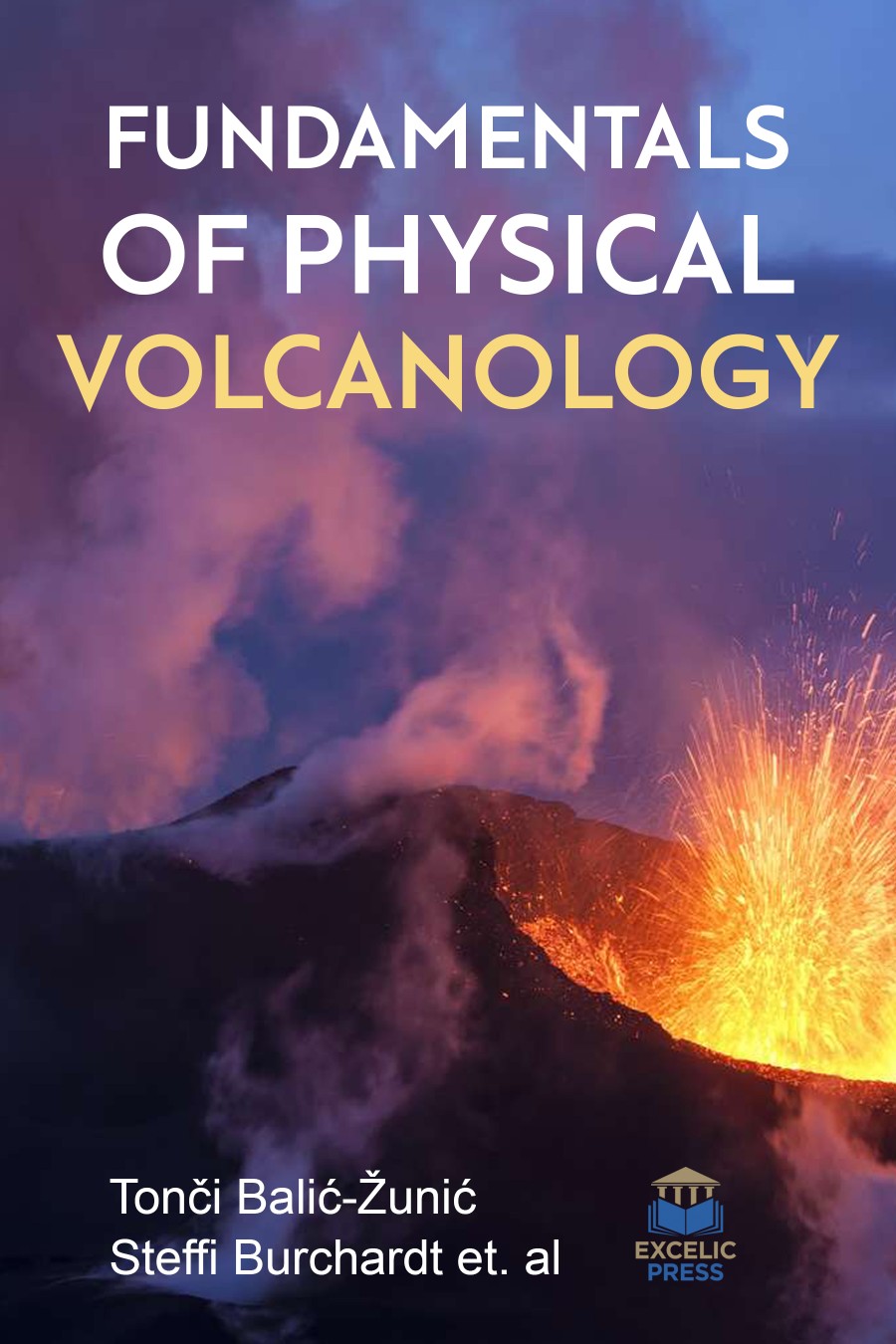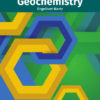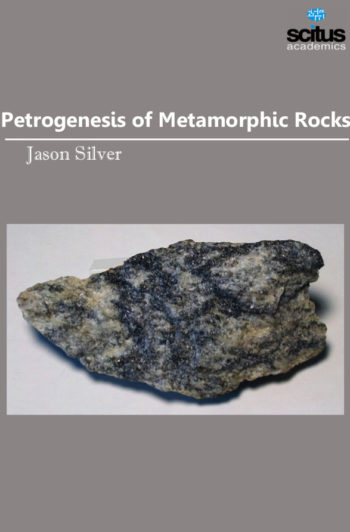Volcanoes can explode with so much force that they emit small particles up into the stratosphere. Their vicious power can cause the area around the volcano to become tumbledown, and even generate ocean waves so large they can go across entire oceans and demolish coastal areas thousands of miles away. Eruption columns can grow rapidly and reach more than 12 miles above a volcano in less than 30 minutes, forming an eruption cloud. The volcanic ash in the cloud can pose a serious hazard to aviation. During the past 15 years, about 80 commercial jets have been damaged by inadvertently flying into ash clouds, and several have nearly crashed because of engine failure. Large eruption clouds can extend hundreds of miles downwind, resulting in ash fall over enormous areas; the wind carries the smallest ash particles the farthest. Especially important for risk reduction, data from volcano monitoring constitute the only scientific basis for short-term forecasts (years to days) of a future eruption or of possible changes during an ongoing eruption. Hazards assessments, volcano monitoring, and effective communications among scientists, civil authorities, and the general public comprise the core elements of any successful program to reduce risk from volcano hazards. Many volcano- logical, geophysical, geochemical, and petrological techniques require real-time data gathering or observation during an eruption that may not have direct applicability to the hazard at hand. Therefore, promoting scientific inquiry should be a major part of any strategic plan for managing volcanic eruptions.
Fundamentals of Physical Volcanology present a wide-ranging overview of the volcanoes, their products, their eruptive behavior, and their hazards. It aims to understand the deeper structure of volcanoes, and the evolution of magmatic systems using geochemical, petrological, and geophysical techniques with a focus on applied research relating to volcanism and particularly its societal impacts. It is packed with the methods for risk analysis; humanizing risk management; underneath community mitigation, awareness, response to and revival from volcanic hazard events; health concerns related to volcanism; social adaptation to volcanic hazards; policy and institutional aspects of disaster risk management; applications of physical volcanology.













